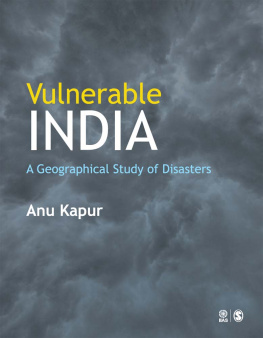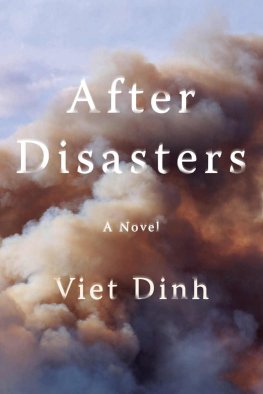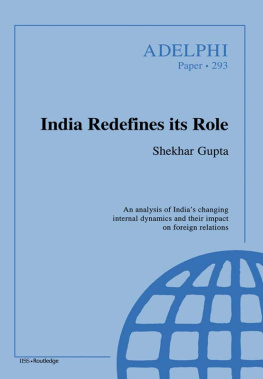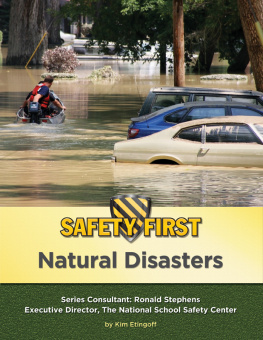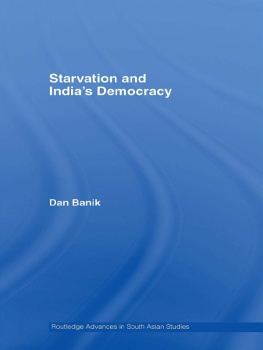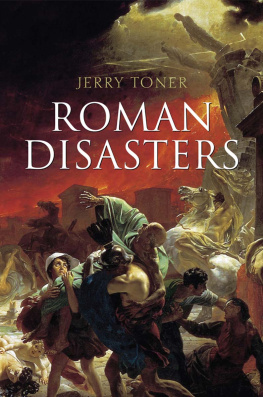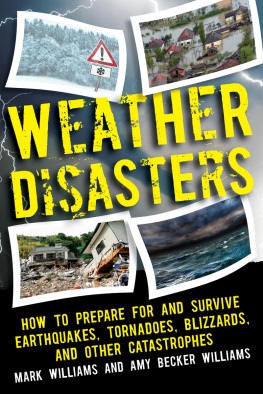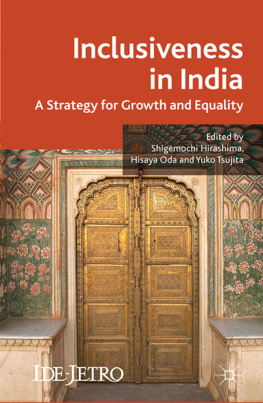BIBLIOGRAPHY
Aandahl, G. and K. O. Brien. 2002. Damage, Seismotectonics and Isoseismals for the Kutch Earthquake of 26th January, 2001. New York: Ellis Horwood Limited.
Abbot, J. 2000. Indian Ritual and Belief: The Key of Power. New Delhi: Manohar.
Acharya, K. 2000. Double Victims of Latur Earthquake, Indian Journal of Social Work, 61 (4): 55864.
Acharya, S. S. 1992. Drought and Response of Rural Families, Economic and Political Weekly, 27 (36): 1894896.
Acharyya, S. K. 1998. Jabalpur Earthquake of May 1997: Constraint from Aftershock Study, Journal of the Geological Society of India, 51: 295304.
Alexander, D. E. and R. W. Fairbridge (eds). 1999. Encyclopaedia of Earth Sciences. Dordrecht: Kluwer Academic Publisher.
Ali, S. H. 1985. Tragedy of Kosi, Economic and Political Weekly, 20 (18): 79596.
All India Association of Universities. 18572003. Bibliography of Doctoral Dissertations. Delhi: All India University Handbook.
Anand (ed.). 1997. Essays on Cross Cultural Perspectives. Chennai: Satya Nilayam Publications.
Andrews, C. F. 1935. The Indian Earthquake. London: George Allen and Unwin Limited.
Arya, A. S. 1990. Damage Scenario of a Hypothetical 8.0 Magnitude Earthquake in the Kangra Region of Himachal Pradesh, Bulletin of Indian Society of Earthquake Technology, 27 (3): 12132.
. 1992. Possible Effects of a Major Earthquake in Kangra Region of Himachal Pradesh, Current Science, 62 (12): 25156.
Asian Disaster Reduction Centre. Top 25 Natural Disasters in India according to Amount of Damage (1,000 US$) (19012000). Available online at Http://www.adrc.asia/databook_20th/IND1.xls (accessed in June 2007).
Aspell, P. J. and G. F. Mclean. 1970. Readings in Ancient Western Philosophy. New York: Appleton Century-Crafts.
Atkisson, A. A., W. J. Petak and D. J. Alesch. 1984. Natural Hazard Exposures, Losses and Mitigation, Costs in the Unites States, 19702000, Transactions of the Wisconsin Academy of Sciences, Arts and Letters, Volume 72: 10612.
Aubrey, J. 2000. Gender Issues in the Marathwada Earthquake, in S. Parasuraman and P. V. Unnikrishnan (eds), India Disasters Report: Towards a Policy Initiative, pp. 21416. New Delhi: Oxford University Press.
Aviation-safety. IndiaAir Safety Profile. Available online at http://aviationsafety.net/database/country/country.php?id=VT (accessed on 7 April 2003).
Baker, J. N. L. 1923. The Economic Future of India, Geographical Teacher, 12: 12731.
Balagopal, K. 1989. Drought and TADA in Adilabad, Economic and Political Weekly, 24 (47): 2587591.
Ballore, M. 1904. The Seismic Phenomenon in British India and their Connection with its Geology, Memoirs of Geological Society of India, 35: 15393.
Bana, S. 2001. Devastation in Gujarat, Business India, 598: 5058.
Bapat, A., R. C. Kulkarni and S. K. Guha. 1983. Catalogue of Earthquakes in India and Neighbourhood from Historical Period up to 1979. Roorkee: India Society of Earthquake Technology, Indian Institute of Technology.
Bapat, J. 2000. Earthquake Rehabilitation Efforts, Journal of Human Ecology, 11 (6): 46369.
Barik, S. 2003. Shaken and Stirred, Down to Earth, 12 (1).
Basu, A. R. and R. Srinivas Murthy. 2003. Disaster and Mental Health: Revisiting Bhopal, Economic and Political Weekly, 38 (11): 107482.
Basu, S. and S. Santra. 1988. Flood Problem in Howrah District, Geographical Review of India, 50 (4): 6974.
Baumer, B. and J. Beltz (eds). 2006. Bhima Bhoi: Verses from the Void. New Delhi: Manohar.
Baweja, H. 1992. Uttarkashi: The Woes of Winter, India Today, 15 February, 14244.
Beck, U. 1998. World Risk Society. Cambridge: Polity Press.
Bendick, R. 2001. The 26 January 2001 Republic Day Earthquake, India, Seismological Research Letters, 72 (3): 32835.
Bhadra, G. 1981. Technocrats View of Flood Control, Economic and Political Weekly, 16 (4): 10708.
Bhanutej, N., D. Jathar, A. Panicker and D. Tiwari and A. Uprety. 2002. Prayers from a Parched Land, The Week, 4 August. Available online at http://www.the-week.com/22aug04/events11.htm (accessed on 5 September 2002).
Bhargava, P. M. 1985. The Bhopal Tragedy: A Middle Word, Economic and Political Weekly, 20 (22): 96265.
Bhaskara Rao, N. S. and S. Mazumdar. 1966. A Technique for Forecasting Storm Waves, Indian Journal of Meteorology and Geophysics, 17: 33346.
Bhatia, B. 1992. Lush Fields and Parched Throats: Political Economy of Groundwater in Gujarat, Economic and Political Weekly, 27 (5152): A142A170.
Bhatia, S. C., M. Ravi Kumar and H. K. Gupta. 1999. A Probabilistic Seismic Hazard Map of India and Adjoining Regions, Annali di Geofisica, 42 (6): 1153164.
Bhatt, C. P. and N. Juyal. 2000. Living with Earthquake: Lessons from Chamoli and Rudraprayag (Central Himalayas), Science and Culture, 66 (12): 1619.
Bhatt, M. R. 2000. Coastal Disaster in the Villages of Dhandhuka, in R. B. Singh (ed.), Disaster Management, pp. 20224. Jaipur: Rawat Publications.
Bhattacharya, A. 1959. Popular Nature Worship in Bengal, Folklore, 2: 12943.
Bhattacharya, P. N. 1930. Folk-Customs and Folklore of the Sylhet District, Man in India, 10 (2 and 3): 120253.
Bhattacharya, S. N. 1998. A Perspective of Historical Earthquakes in India and its Neighbourhood Upto 1900,

